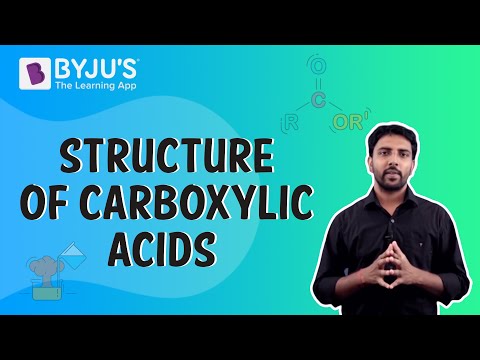According to the CBSE Syllabus 2023-24, this chapter has been renumbered as Chapter 8.
Some important organic compounds containing the carbonyl group are carboxylic acids, aldehydes, and ketones. These molecules are highly polar and hence have high boiling temperatures when compared to hydrocarbons as well as weak polar compounds such as ethers of comparable molecular masses. The lower embers form hydrogen bonds with water and therefore are highly water-soluble. On the other hand, higher members have big size hydrophobic carbon chains and are insoluble in water. The method of preparing aldehyde is by controlled oxidation of primary alcohols or dehydrogenation and cautious or controlled reduction of acyl halides. Aromatic halides may be produced by the oxidation of
- Methylbenzene with chromyl chloride in presence of acetic anhydride
- Formylation of arenes with carbon monoxide along with hydrochloric acid in the presence of anhydrous AlCl3
- CuCl or hydrolysis of C7H6Cl2
For more information on the Structure of Carboxylic Acids, watch the below video

CBSE Class 12 Chemistry Chapter 12 Aldehydes, Ketones and Carboxylic Acids – Related Links
- Hydrocarbons
- Aldehydes and Ketones
- Aldehydes, Ketones and Carboxylic Acids
- Preparation of Ketones
- Physical Properties of Aldehydes and Ketones
- Nomenclature of Aldehydes and Ketones
Preparation of Ketones
Ketones are prepared by oxidizing secondary alcohols and the hydration of alkynes. They can also be prepared by reacting acyl chloride with dialkylcadmium. Ketones, as well as aldehydes, can also be prepared by ozonolysis of alkenes.

Few Important Questions
- Draw the structures of p-Nitropropiophenone and 4-Chloropentan-2-one.
- Convert ethanal to But-2-enoic acid and Butane-1,3-diol.
- Give a chemical test to distinguish between Benzoic acid and Ethyl benzoate.
- How to prepare Methyl benzoate from benzene?
- What is Acetylation? Define Decarboxylation.
Keep visiting us for the latest updates on CBSE class 12 Chemistry notes.
Other Important Links:
| Friedel Crafts Acylation Alkylation | Preparation Of Aldehydes |
Frequently Asked Questions on CBSE Class 12 Chemistry Notes Chapter 12 Aldehydes, Ketones and Carboxylic Acids
What are the types of functional groups?
1. Hydroxyl 2. Methyl 3. Carbonyl 4. Carboxyl 5. Amino 6. Phosphate 7. Sulfhydryl
Which are the longest carbon chains?
Palytoxin and maitotoxin are believed to have the longest carbon chains in nature, except for biopolymers.
What are some of the uses of ketones in real life?
Ketones are generally used as solvents and as catalysts in the chemical industry. These are products often used in perfumes and paints in order to stabilise the ingredients to avoid degradation in time.
Comments